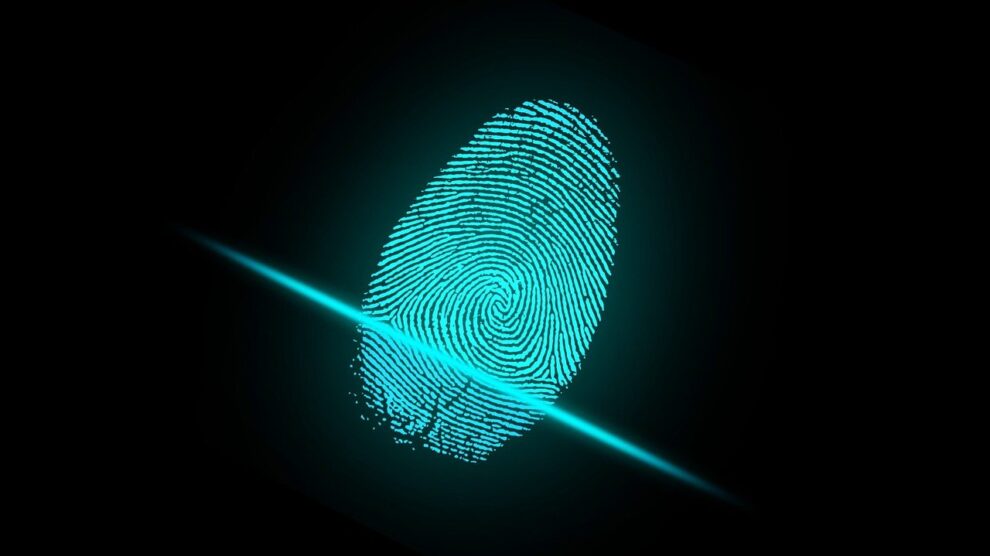People often get confused between an electronic signature and a digital signature. Many people think that the meanings of both these terms are identical and that they are interchangeable. However, this is not the case. Both these terms are different from each other. In this article you will learn about electronic and digital signatures in detail and how these two concepts are different.
Electronic Signatures
An electronic signature, also known as eSignature, is a digital form of a wet ink signature. It can be described as any electronic symbol, image, process, or sound attached to a message or document to recognize the identity and provide consent on it. It is often associated with a record or contract where a third party intends to sign the document. To put it simply, when there is a requirement to verify the document, eSignatures are used. It specifies that a person has acknowledged the contents of any electronic message or is authorizing that he/she is the person who has written the message.
Presently in several countries, including the United States, Australia, the European Union, India, and Brazil, eSignatures are well recognized within their jurisdiction as well as traditional signatures. It means that these signatures are considered completely legal and valid in these countries.
Digital Signatures
A digital signature is a secured signature generally used with an electronic signature and comes with encryption criteria. It helps identify a person’s identity in digital forms, like a fingerprint embedded in a document. To put it simply, when there is a requirement to secure a document, digital signatures are used. When it comes to the authentication of digital signatures, it is performed by trusted certificate authorities that are liable for offering digital certificates similar to licenses or passports.
Thus, it is usually authorized. A person requires a digital certificate so that he/she can be linked to the document. A digital certificate plays an important role in validating the document to determine its legitimacy and to show it has not been forged. This further helps in authenticating the identity of the original person with the signature.
Digital documents that are obtained online are often at the risk of tampering. However, with the help of a digital signature, the documents can be secured completely, thus preventing the chances of tampering by any fraudulent party. For any kind of modifications or amendments, only the authorized person can access the document.
Differences Between eSignatures and Digital Signatures
Let’s have a look at some of the key points that shows the clear difference between eSignatures and digital signatures:
- As mentioned in the description, an electronicsignature is a digital form of a wet ink signature that is legally binding and secure. On the other hand, a digital signature is also a secured form of a signature that works with eSignature and usually relies on public key infrastructure.
- eSignatures can be anything: a symbol, image, sound, or process that is linked to a message or document to recognize the identity of a person and to give consent to it. On the other hand, a digital signature can be considered an electronic fingerprint encoded that helps confirm a person’s identity.
- eSignatures are generally used to verify a document, whereas digital signatures are often used to secure a document.
- In the validation process of eSignatures, there usually are no trusted certificate authorities or trust service providers involved. Some national acts and regulations usually validate these. On the other hand, the digital signatures validation process is carried out by trusted certificate authorities or trust service providers.
- eSignatures may be at risk of tampering. However, digital signatures are a highly secured form of signature.
- Some of the most common types of eSignatures are verbal and electronic ticks or scanned signatures whereas in comparison, the different types of digital signatures include Adobe and Microsoft.
- When discussing the document processing platform, a digital signature can be either a Microsoft pdf or an Adobe pdf. On the other hand, an eSignature can be a basic eSignature, click-to-sign signature, advanced e signature, or qualified signature. There are many eSignature tools like GoSigner, DigiSigner, DocuSign, and so on.
- An eSignature usually comprises fewer security features, whereas a digital signature comprises numerous security features, making it more secure.
- An eSignature is a general expression and much broader concerning electronic data. On the other hand, a digital signature is a signature with public-key-based cryptography.
Conclusion
Though the terms digital signature and electronic signature are sometimes used interchangeably, these are completely different from each other. Both are used widely today for various purposes. When it comes to choosing between the two, both have their importance. You can choose the type of signature based on the type of document you want to sign and the level of authenticity that is required or expected of the document.





